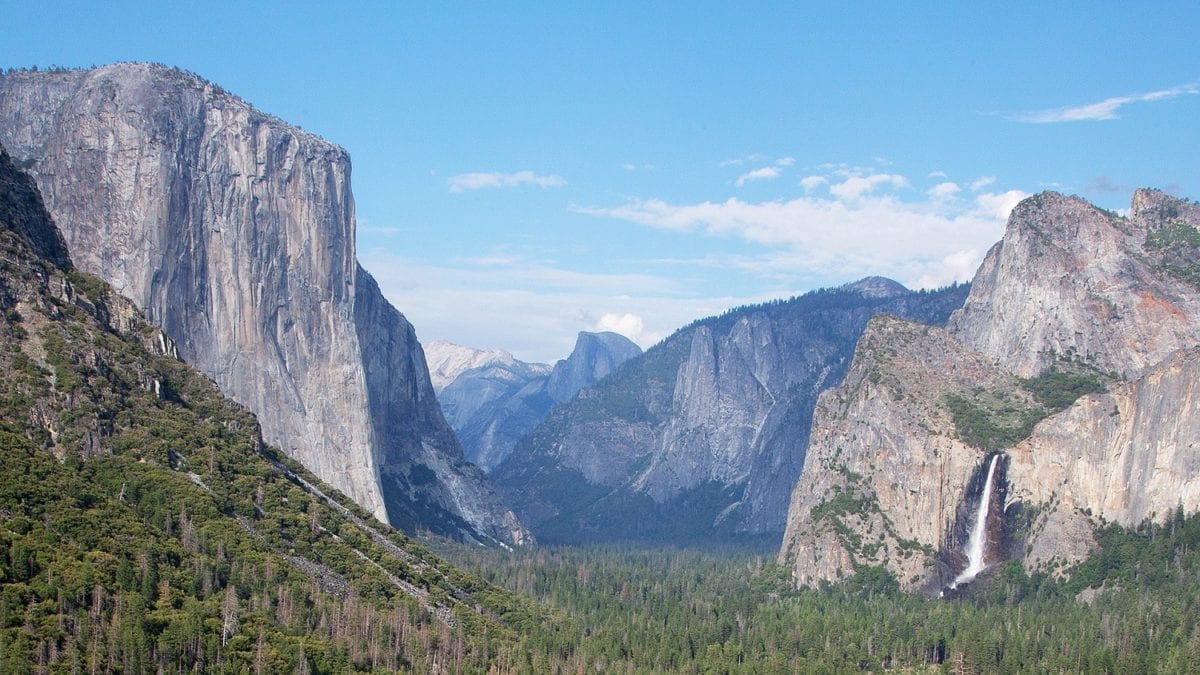Climb United: A Modern Rethinking of Route Names
Included is a draft of principles for publishing and creating route names

For decades, climbers have been dealing with offensive route names that go beyond the acceptable to the point of being hurtful. The American Alpine Club has now created Climb United initiative, which aims to convene climbers, climbing organizations, and iconic climbing brands to strengthen our community’s culture.
Squamish climber Michelle LeBlanc recently wrote an article for Gripped called Offensive route names and how language in climbing culture can be hurtful, in which she said, “So, while many (offensive) climbing route names are likely the end result of a funny story, inside joke or harmless banter between friends, I would ask you to consider how isolating or shitty it can make someone else feel.”
As Climb United stated: “Climbing culture is rich with traditions—some worth celebrating, and some that need reexamining. On one hand, we celebrate values such as perseverance, conservation, and community. On the other, we allow practices that lead to the exclusion of some. Discriminatory route names, under-representation in imagery and story, and practices that limit access to climbing are some of the ways that women, people with disabilities, Black, Indigenous, people of colour, and LGBTQ+ individuals are made to feel unwelcome and unsafe in the climbing community.”
The Climb United Route Name Task Force (RNTF), composed of a group of publishers (including Gripped) and climbing community members, was gathered to build the best publishing practices to avoid harm caused by discriminatory or oppressive route names. Other participants include Alpinist Magazine, Climbing Magazine, the Climbing Zine, Mountain Project, Mountaineers Books, Sharp End Publishing and Wolverine Publishing. You can take a route name survey here and be part of the forum here. Below is a draft of the route name guidelines set out by Climb United:
Principles for Publishing Climbing Route Names
Mission Statement
Build the best publishing practices to avoid harm caused by discriminatory or oppressive route names.
Commit to Lead
Route names are a reflection of climbing culture. They are humorous, witty, and celebrate the grit and penchant for pushing physical boundaries through climbing. These are long-standing hallmarks of our sport that we should preserve. As publishers, we not only have the tools to help the community move toward more inclusive route naming practices, it is our obligation to use them.
Trust in Community
Local climbing organizations, affinity groups, first ascensionists, climbing gyms, regional mountain clubs, and other such groups of climbers are our eyes and ears on the ground. Women, individuals with disabilities, Black, Indigenous, people of color, and LGBTQ+ climbers shape and enrich the community; however, the work of adapting route naming practices is not theirs to carry alone. We take our cues from the climbing community, which holds profound wisdom. More than 5 million strong, it tells us which route names are funny, which are cheeky, and which do harm. A route name is harmful when it hurts any community member or when it discriminates and discourages a climber from experiencing the route.
Invest in Process
Evolving our practices for publishing route names will require an industry-wide process that is consistently executed. We support the development and expansion of new or existing tools to identify and evaluate the use of language furthering ableism, racism, sexism, xenophobia, homophobia, transphobia, and other forms of systemic discrimination. We may choose not to publish new route names that do not meet the standards evaluated by the chosen evaluation system. We invite first ascensionists to rename existing routes that do not meet the guidance standards and believe, unequivocally, that the impact of a route name outweighs the intent. Furthermore, we also embrace first ascensionists as partners in the work. At the request of a first ascensionist, and only when appropriate and without risk of doing further harm, we may: acknowledge in the notes of a revised name that “harm caused by this name was unintentional,” and annotate a renamed route with a naming history, a living record of our community’s growth and commitment to change.
Always Learn
These industry-wide guidelines for publishing climbing route names are an evolving process. As we learn new beta and new methods of reaching a greater sense of community, we will adapt. As publishers, we are dedicated to continuous learning and improvement, investing in diversity, equity, and inclusion training for our teams, and advocating to make resources available to first ascensionists.


